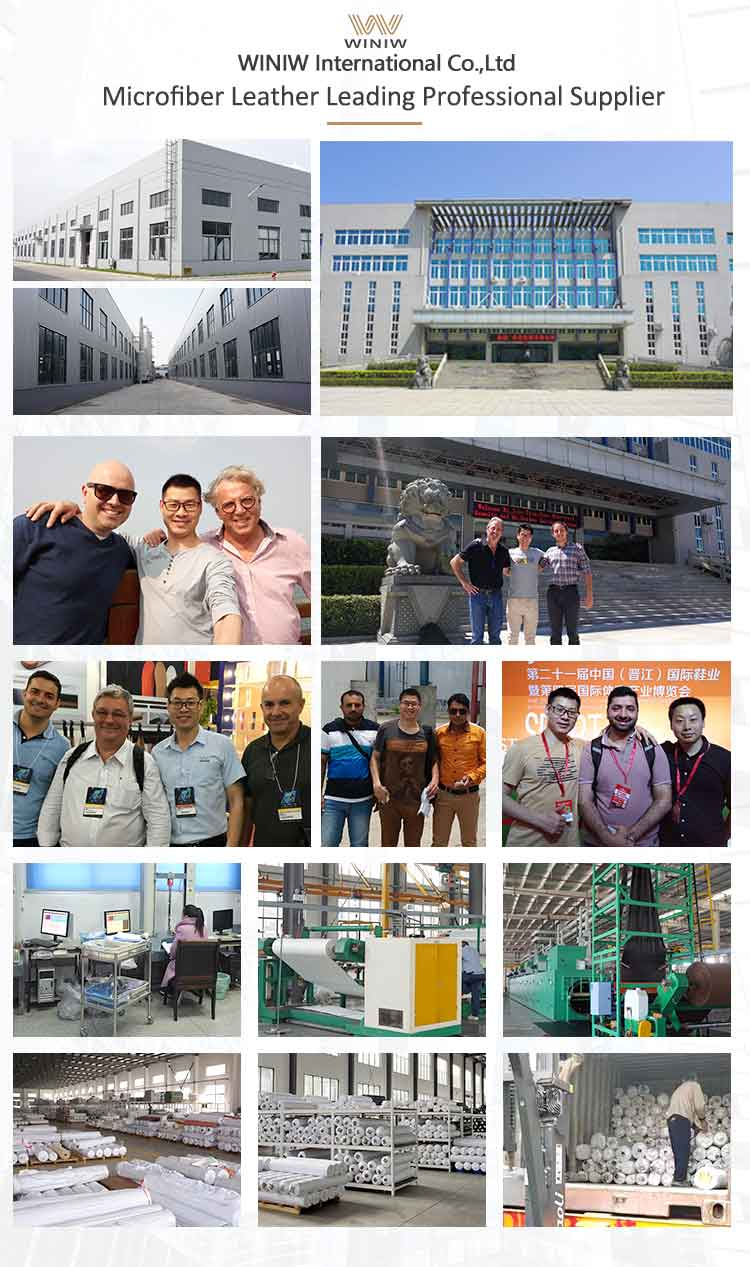Attributes of Suede
Suede has a fuzzy finish, which is sometimes referred to as “napped.” While most types of leather are smooth, suede feels more like cotton or another type of plant-based fabric than animal skin. In appearance, suede is matte while normal leather is glossy, and while normal leather is waterproof, suede is highly permeable, and it tends to stain.
Unlike normal leather, which is usually quite thick, suede is usually thin, which contributes to its allure for delicate textile applications. Suede is notoriously hard to clean; machine washing this fabric can ruin it, but since suede becomes dirty so easily, owners of suede garments, shoes, or accessories must professionally clean their suede items relatively frequently to keep them in good condition.
Buy high-quality, low-priced suede fabric here. If you are China based, you can buy it here.

How Is Suede Fabric Made?
- Slaughtering of the Animal
The process of making suede begins with the slaughtering of the animal that will be used to make this fabric. Next, the animal is skinned, and the hide is dried.
- Removing the Hair Follicles
Once the hide is fully dried, a natural chemical called lime is used to remove all the hair follicles from the hide.
- Transforming Into Leather
Next, the hide is exposed to natural enzymes called tannins, which render the hide inert and officially transform it into leather.
- Treating the Leather
Leather makers apply a mixture of salts, oils, and other natural compounds to treat the leather.
- Thinning
The leather will be thinned and split, which results in the nappy exterior texture that makes suede so desirable.
- Texturing
Lastly, a special texturing process will be employed to make the resulting suede soft and comfortable
- Dyeing
Some manufacturers may choose to dye their suede before selling it to accessory or garment manufacturers
- Sewing
Once the dyeing process is complete, suede can then be cut and sewn to form a final product that can be sold to the end consumer.
The process of making suede begins with the slaughtering of the animal that will be used to make this fabric. Next, the animal is skinned, and the hide is dried.
Once the hide is fully dried, a natural chemical called lime is used to remove all the hair follicles from the hide. Next, the hide is exposed to natural enzymes called tannins, which render the hide inert and officially transform it into leather.
Where Is Suede Fabric Produced?
Without tannins, hide used to make leather would remain like any other animal product and decompose over time. Tannins prevent this decomposition, and the process of applying tannin is called “tanning.”
China is the largest producer of leather products, which would lend credence to the notion that this Asian textile giant is also the largest producer of suede. However, some sources contend that it isn’t China but Europe that holds the largest market share of suede production.
In any case, China is the largest textile market in the world, and other expanding markets in Southeast Asia and South America will continue to drive demand for suede fabric in the coming decades. While synthetic alternatives to suede continue to vie for dominance, the unique attributes of this animal-based fabric will support its popularity worldwide.
What Different Types of Suede Fabric Are There?
While there’s only one type of true suede, there are a few alternatives to this fabric that may be referred to as suede under certain circumstances.
1. Suede
While there are many suede alternatives on the market, only animal-derived nappy leather can be referred to as genuine suede.
2. Ultrasuede
Ultrasuede was one of the first suede alternatives to arrive on the market. Developed in 1970 by Japanese scientist Miyoshi Okamoto, most forms of Ultrasuede are composed of 80% polyester microfiber and 20% polyurethane plastic. Unlike animal-based suede, Ultrasuede can be washed in a washing machine, and it can be tumble-dried.
3. Alcantara
Alcantara is another trade name for Ultrasuede. It was developed as part of a joint venture between Japanese Toray industries and the Italian firm Alcantara. This fabric is practically identical to Ultrasuede, and like this similar synthetic fabric, Alcantara is machine-washable. While Ultrasuede is more commonly used in industrial and general consumer applications, Alcantara is more commonly found in upscale vehicle interiors and designer handbag linings.
4. Sueded Silk
It’s possible to subject silk to a chemical process that renders it similar in texture to suede. Sueded silk has all the beneficial attributes of silk, and unlike normal suede, it’s possible to machine wash sueded silk.
5. Sueded Cotton
Like sueded silk, sueded cotton has been subjected to a chemical process that roughens its exterior surface to resemble suede. This type of textile is machine washable.


